Pancho Villa was a famous figure in Mexican history. Born as José Doroteo Arango Arámbula on June 5, 1878, in the state of Durango, he became known as a hero to many and a villain to others. Villa was a leader of the Mexican Revolution, which took place from 1910 to 1920. This revolution aimed to overthrow the long-time dictator Porfirio Díaz and bring social and economic reforms to Mexico. Villa’s actions during this time earned him the nickname “Mexico’s Robin Hood” because he fought for the poor and oppressed
Villa’s early life was difficult. His family was very poor, and they struggled to make ends meet. When Villa was just 15 years old, his father died, forcing him to take on the role of the family’s breadwinner. He worked as a sharecropper and a butcher, but life was tough. One day, Villa found out that a wealthy landowner had attacked his sister. Furious and seeking justice, he killed the man and fled to the mountains to avoid capture. This event marked the beginning of his life as an outlaw.
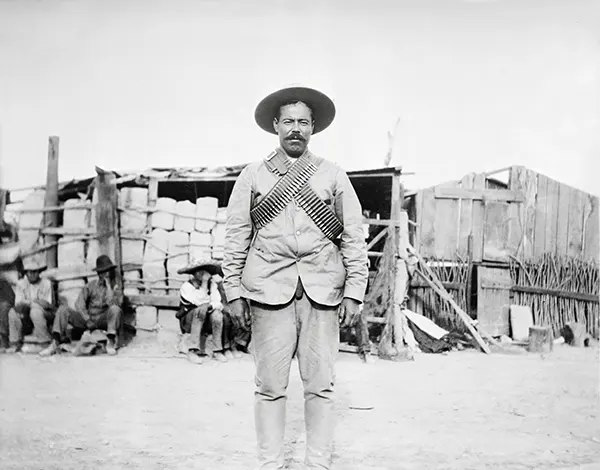
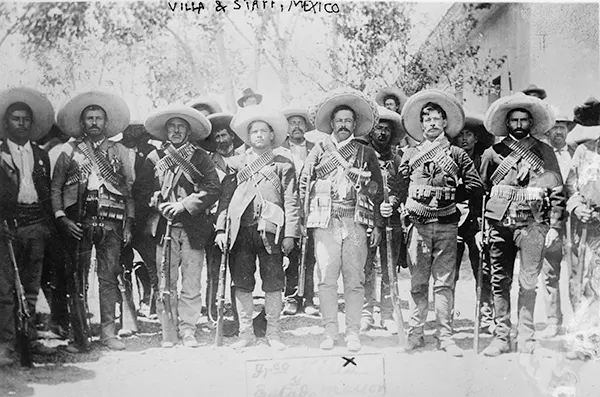
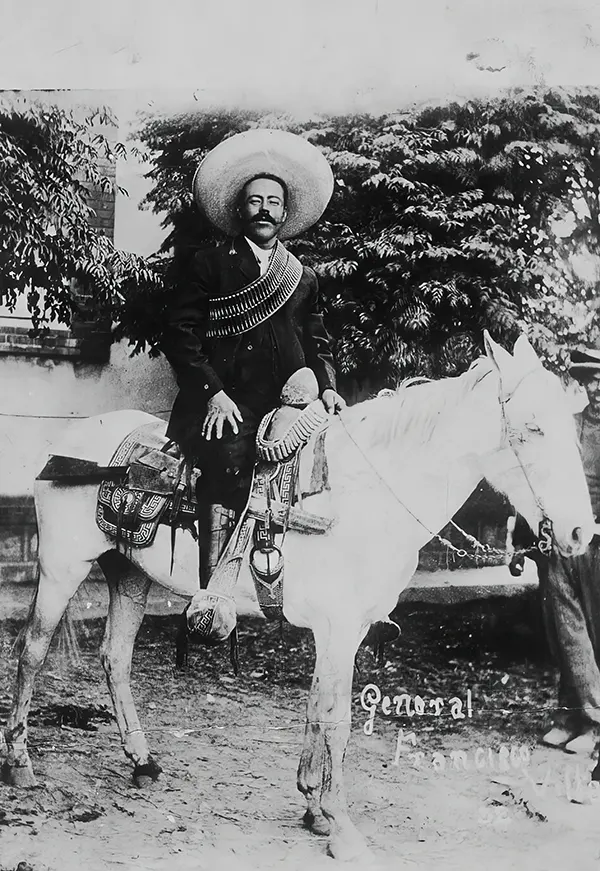
In the mountains, Villa joined a group of bandits. He quickly rose to become their leader due to his bravery and leadership skills. He changed his name to Pancho Villa to hide his identity. The group would steal from the rich and give to the poor, which made them popular among the common people. Villa’s reputation grew, and he became known as a fearless and generous leader.
When the Mexican Revolution began in 1910, Villa saw an opportunity to fight for a cause he believed in. He joined forces with Francisco Madero, who opposed the dictator Díaz. Villa’s knowledge of guerrilla warfare and his ability to inspire people made him a valuable ally. Together, they led several successful attacks against Díaz’s forces. By 1911, Madero had become the president of Mexico, thanks in part to Villa’s efforts.
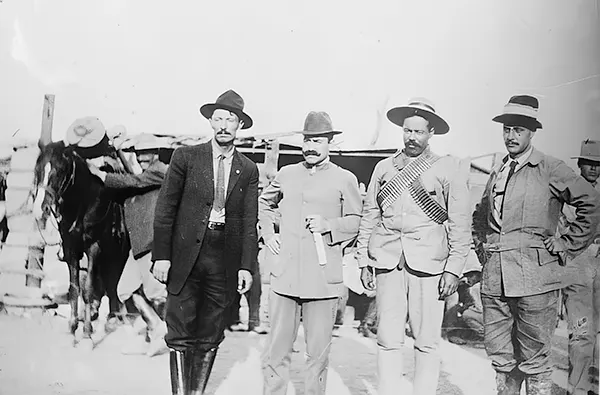
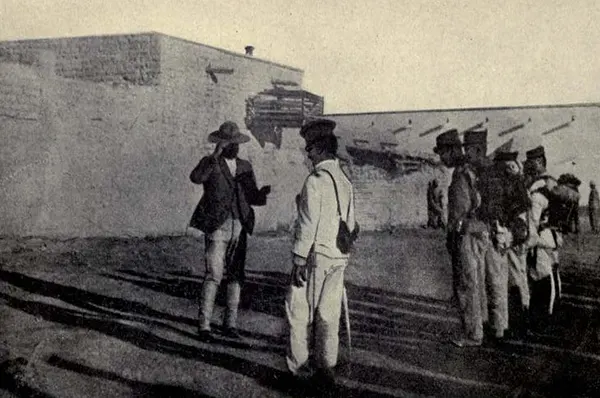
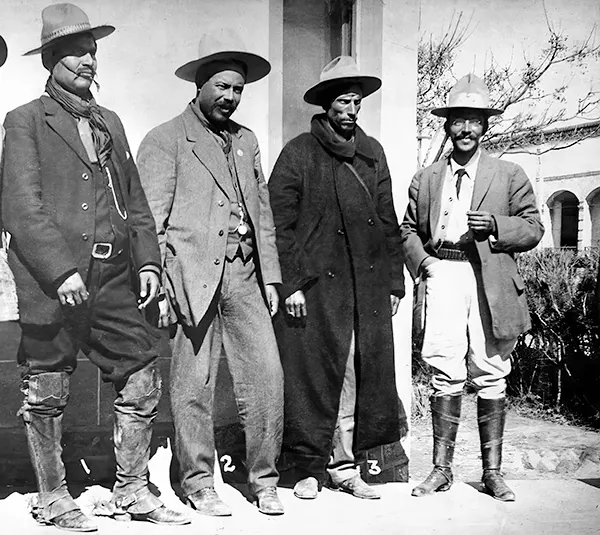
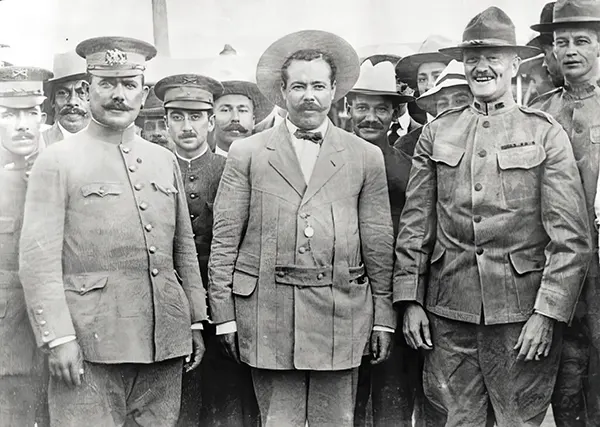
However, peace did not last long. In 1913, Madero was betrayed and assassinated by Victoriano Huerta, who then declared himself president. Villa refused to accept Huerta’s rule and continued to fight against the new dictator. He allied with other revolutionary leaders like Emiliano Zapata, who also sought to end Huerta’s tyranny. Villa’s army, known as the División del Norte (Division of the North), became one of the most formidable forces in the revolution.
Villa’s tactics were unique and effective. He used the landscape to his advantage, often launching surprise attacks on enemy forces. His men were well-trained and motivated, and they had a strong sense of loyalty to Villa. He treated his soldiers well, providing them with food, shelter, and protection. This loyalty and his ability to win battles helped Villa gain control of much of northern Mexico.
Despite his successes on the battlefield, Villa’s life was not without controversy. Some saw him as a ruthless bandit who used violence to achieve his goals. He was known for his harsh punishments against those who opposed him, and he often executed enemies without trial. These actions earned him a fearsome reputation, and he was both loved and hated by different groups of people.
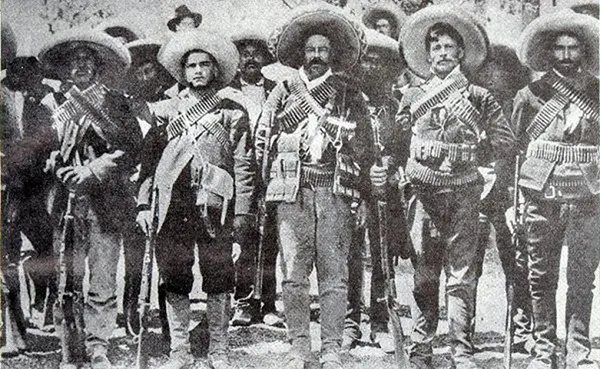
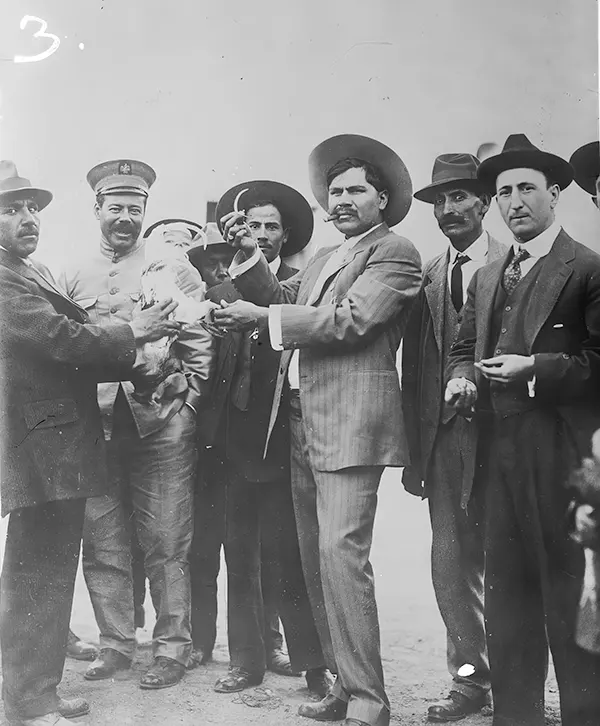
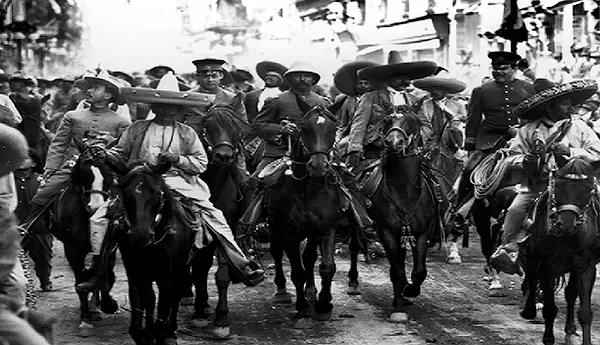
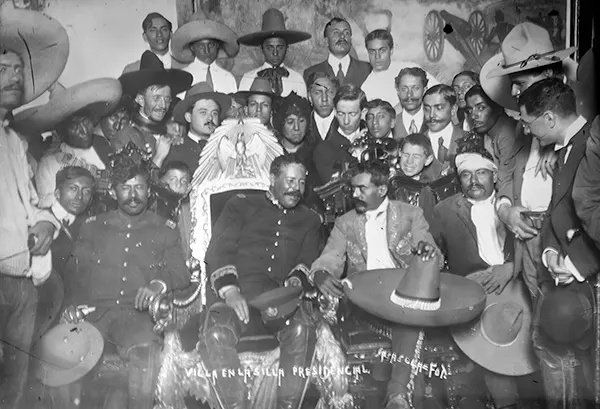
One of Villa’s most famous actions occurred in 1916. Angered by the United States’ support of his enemies, Villa led a raid on the town of Columbus, New Mexico. This attack killed several American citizens and soldiers. In response, the U.S. government sent General John J. Pershing and thousands of troops into Mexico to capture Villa. This mission, known as the Punitive Expedition, lasted for nearly a year but ultimately failed to capture Villa. He eluded Pershing’s forces and continued to fight in the Mexican Revolution.
As the revolution continued, Villa’s influence began to wane. Internal conflicts among the revolutionary leaders weakened their efforts, and by 1920, Villa decided to retire. He accepted a peace agreement with the Mexican government and was given a large estate in the state of Durango. Villa attempted to live a quiet life as a farmer, but his past would not let him rest.
On July 20, 1923, Pancho Villa was assassinated while driving in his car. A group of gunmen ambushed him, and he was shot multiple times. The identity of the killers remains a mystery, but it is believed that political enemies were behind the assassination. Villa’s death marked the end of an era, but his legend lived on.
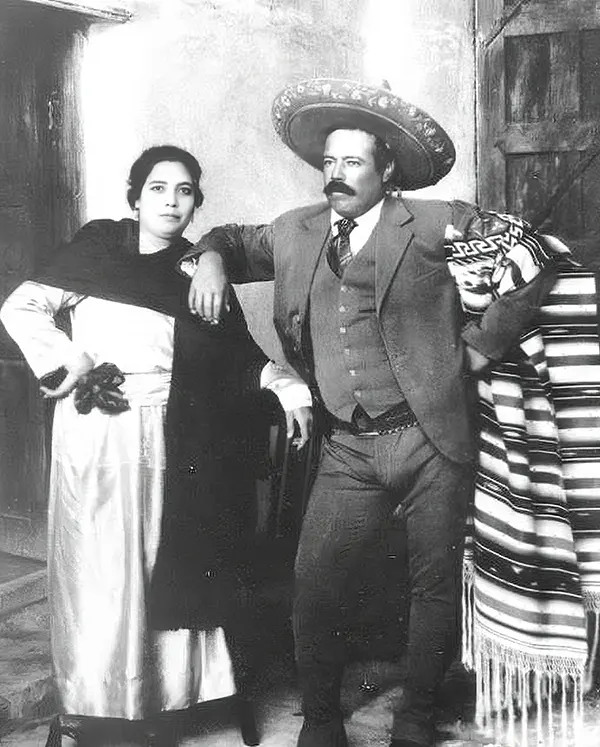
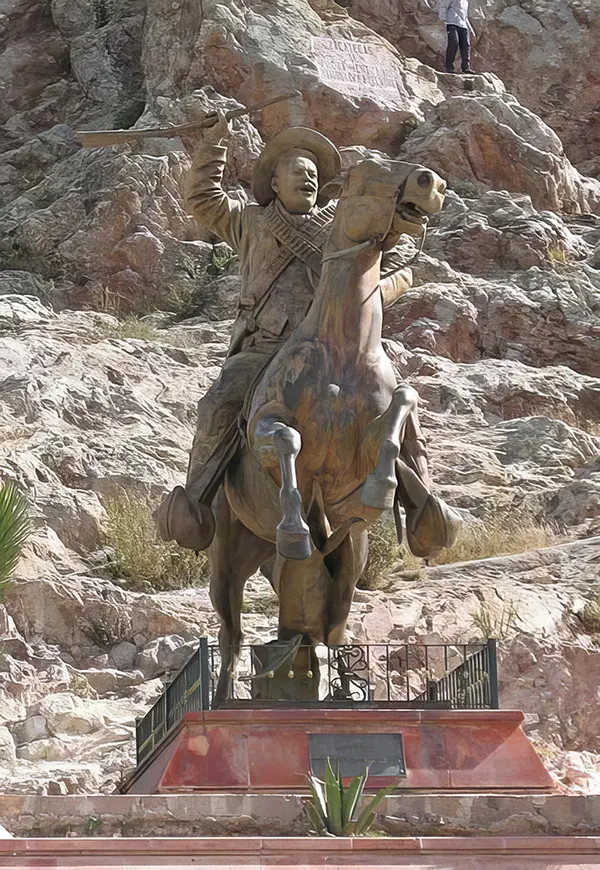
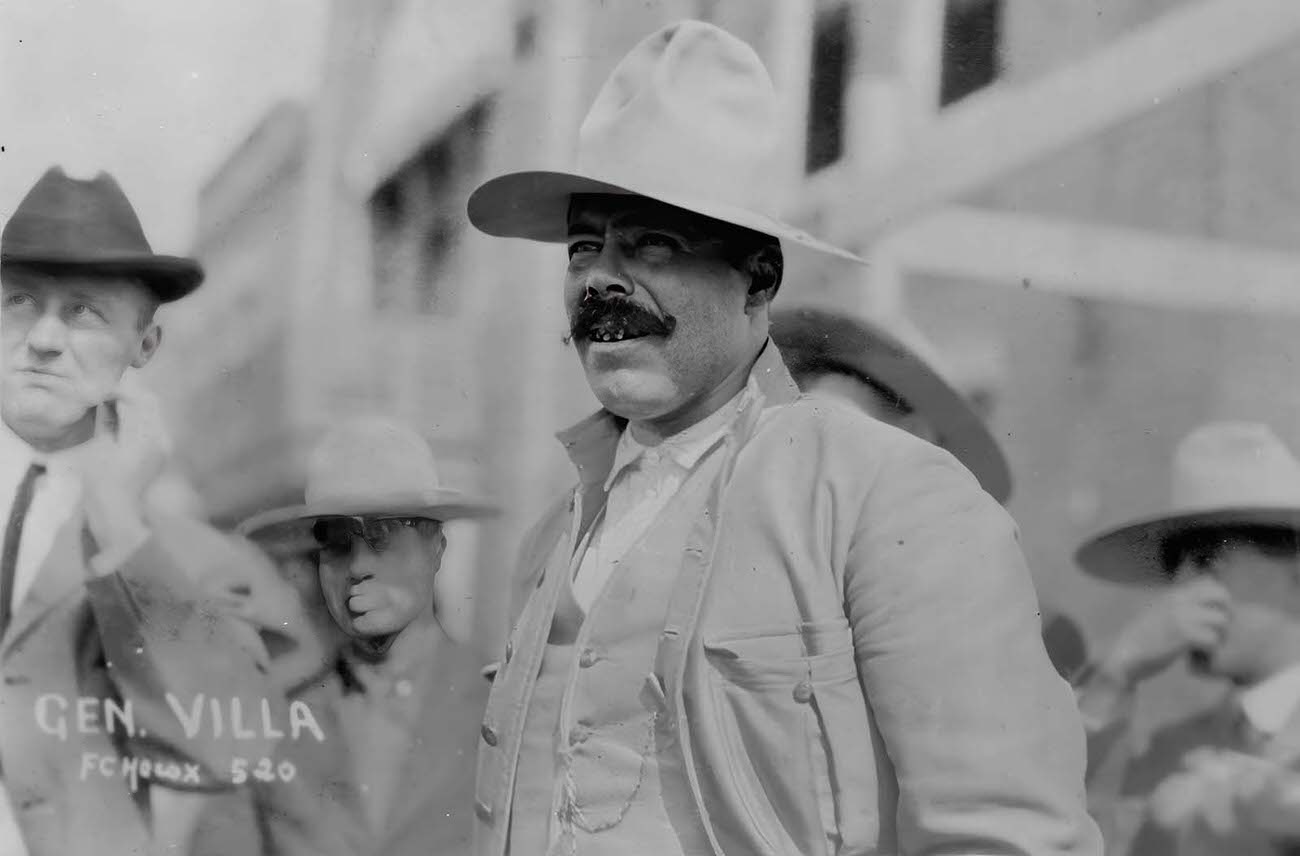
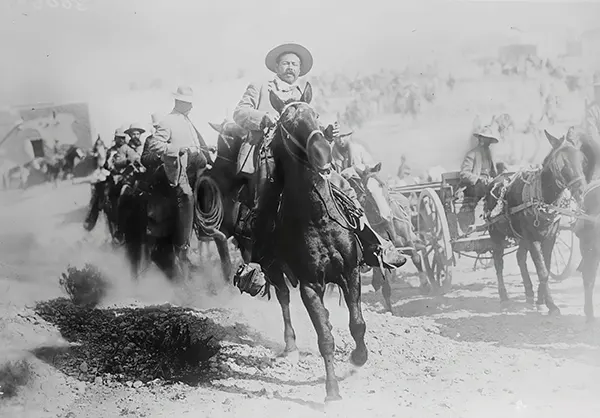
Villa’s actions during the Mexican Revolution had a lasting impact on the country. He fought for land reforms and better living conditions for the poor. While he did not always achieve his goals, his efforts helped pave the way for future changes. Villa’s legacy is complex, with some viewing him as a hero who stood up for the oppressed and others seeing him as a violent outlaw.
Pancho Villa remains a fascinating figure in Mexican history. His life was full of adventure, conflict, and drama. From his humble beginnings to his role as a revolutionary leader, Villa’s story is a testament to his resilience and determination. His actions during the Mexican Revolution continue to be studied and debated by historians, and his legend endures in the hearts of many Mexicans.


